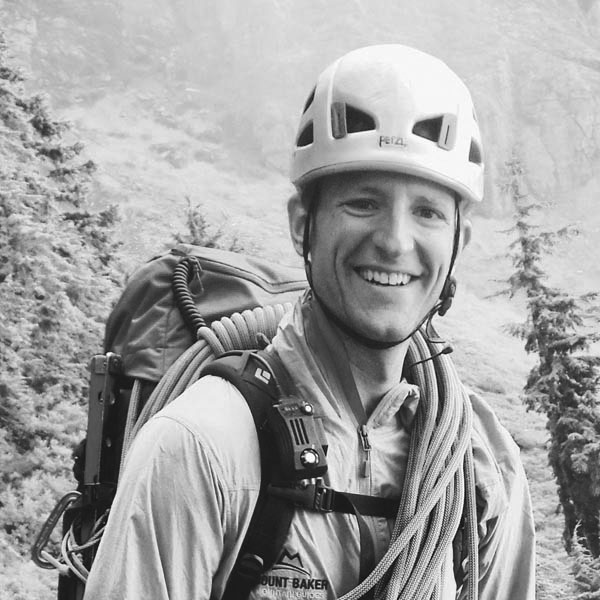Comprehensive Guide to Avalanche Courses
Avalanche education is crucial for anyone planning to venture into backcountry areas during the winter season. With the growing popularity of backcountry skiing, snowboarding, and winter mountaineering, understanding avalanche safety is more important than ever. This guide will provide an in-depth look at the different levels of avalanche courses, helping you choose the right training to ensure your safety and preparedness in avalanche terrain.
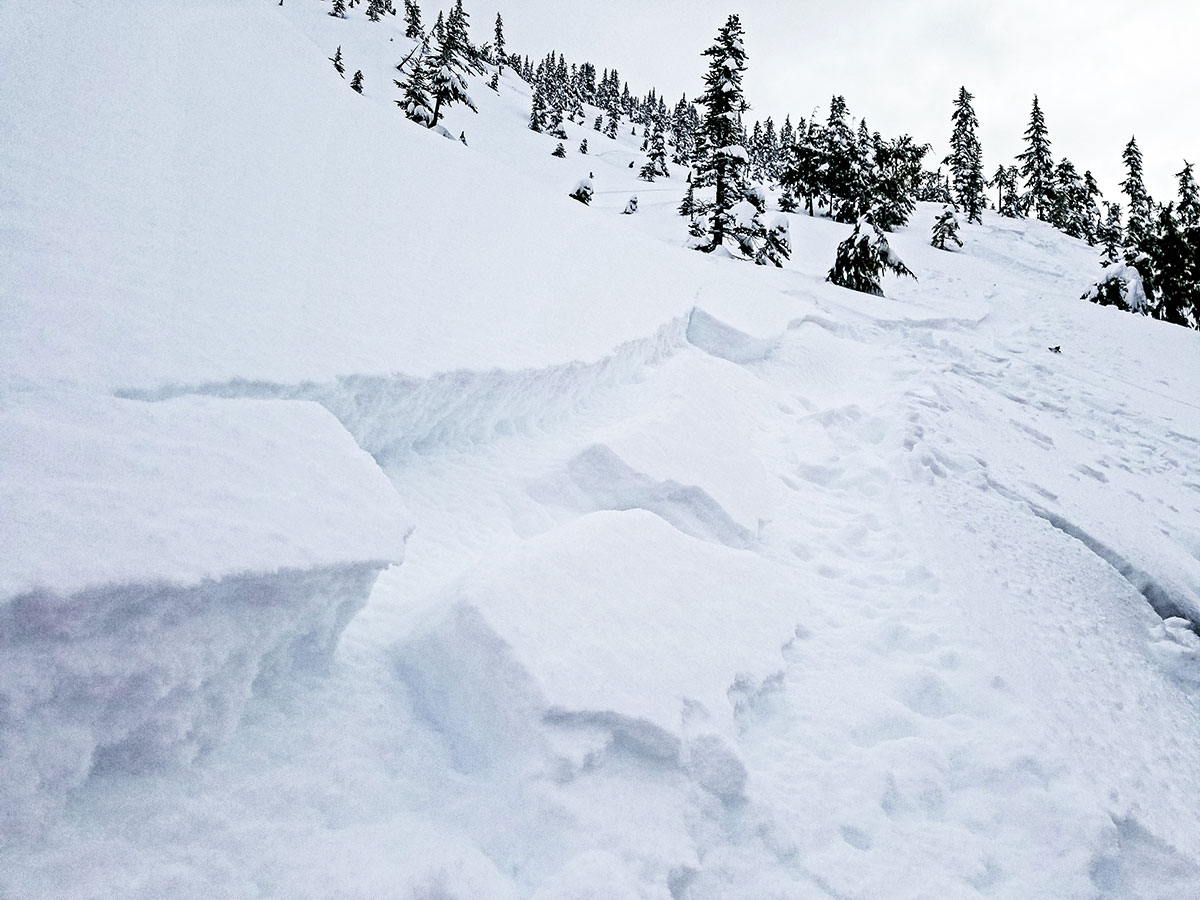
Key Takeaways
| Course Level | Length | Focus |
| Avalanche Awareness | 1.5 hours | Basic knowledge of avalanche hazards |
| Level 1 | 3 days | Terrain selection, hazard recognition, rescue |
| Avalanche Rescue | 1 day | Rescue techniques, beacon searches |
| Level 2 | 3 days | Snow science, weather, avalanche forecasting |
| Pro Level 1 (Pro 1) | 5 days | Advanced skills, professional decision-making |
| Pro Level 2 (Pro 2) | 6 days | Operational risk management, leadership |
Avalanche Awareness
Avalanche Awareness courses are the starting point for anyone new to backcountry travel or looking to refresh their knowledge. These courses are typically free and consist of short lectures that provide an overview of basic avalanche knowledge. Topics covered include recognizing avalanche terrain, understanding the basics of snowpack and weather, and learning about the necessary safety equipment.
These courses are designed to give participants a fundamental understanding of avalanche hazards and how to avoid them. While they do not provide certification, they are an excellent introduction to avalanche education and a stepping stone to more advanced courses.
NWAC Avalanche Awareness Courses
Level 1 Avalanche Course
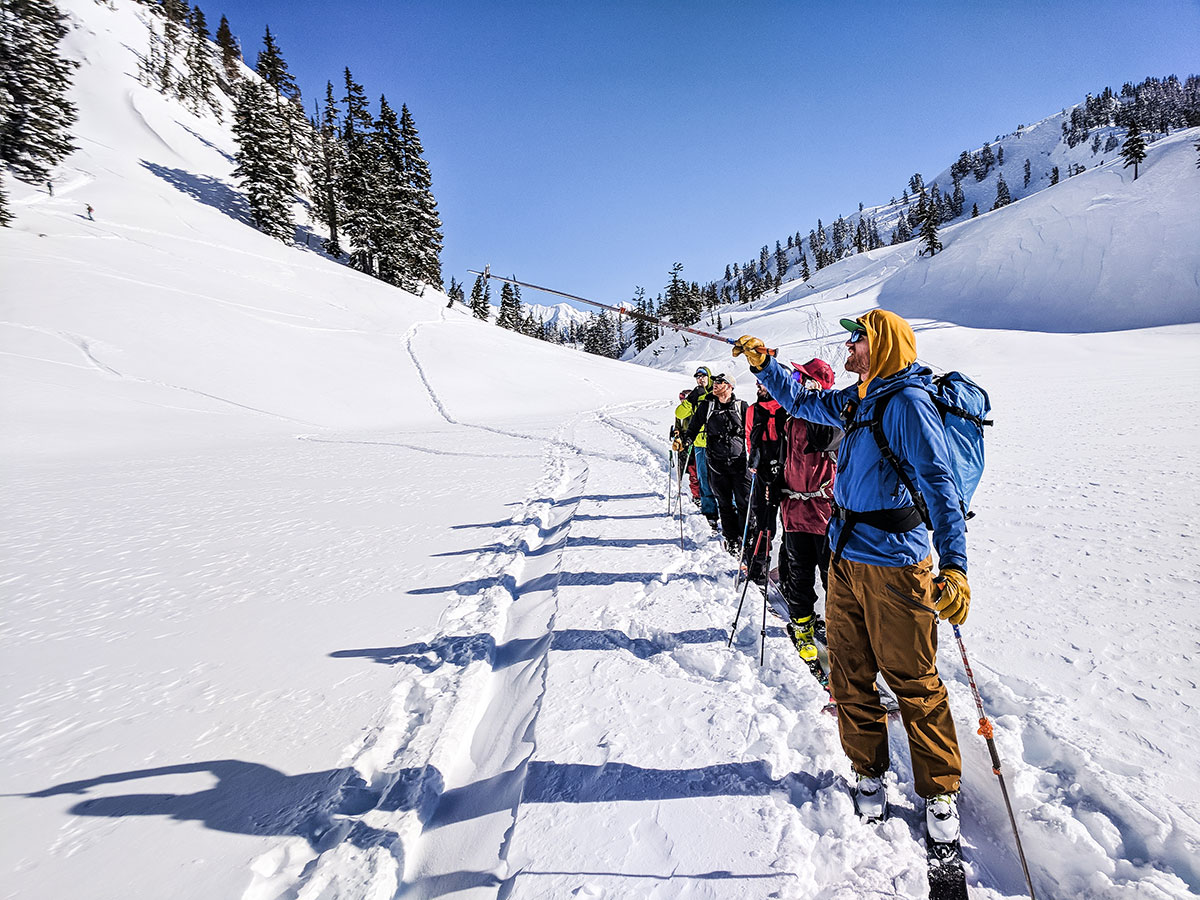
The Level 1 Avalanche Course is the foundational course for recreational backcountry users. Typically spanning three days, or 24 hours, this course includes both classroom sessions and field training. The curriculum is designed to provide a comprehensive introduction to avalanche safety and covers several critical areas:
- Terrain Selection: Understanding how to choose safe routes in avalanche terrain.
- Hazard Recognition: Learning to interpret and use avalanche forecasts to make informed decisions.
- Field Observations: Identifying signs of unstable snow and recognizing potential avalanche hazards.
- Basic Rescue Techniques: Learning how to use avalanche transceivers, probes, and shovels effectively in a rescue scenario.
Participants will spend time both in the classroom and in the field, applying what they have learned in a practical setting. This course is essential for anyone new to backcountry skiing or snowboarding and provides a solid foundation for further avalanche education.
AIARE Level 1 Avalanche Course
Avalanche Rescue Course
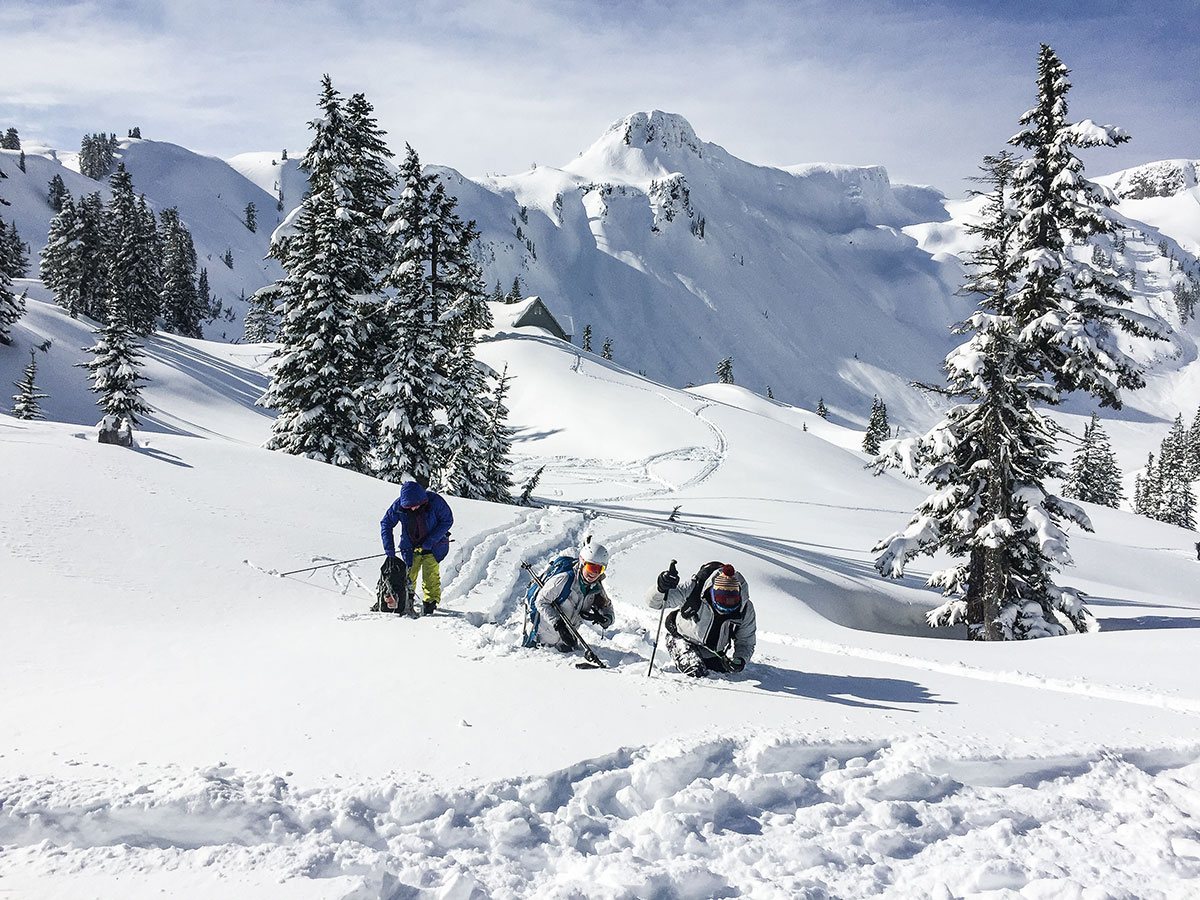
The Avalanche Rescue Course is a one-day, intensive field course that focuses solely on rescue scenarios. This course is designed to teach participants the essential skills needed to conduct a successful avalanche rescue. Key components of the course include:
- Beacon Searches: Learning how to efficiently use an avalanche transceiver to locate buried victims.
- Probing: Techniques for pinpointing a buried person’s location.
- Shoveling: Effective methods for digging out an avalanche victim.
This course can be taken before or after the Level 1 course and is a prerequisite for the Level 2 course. While the Avalanche Rescue course does not provide certification, it is an invaluable addition to your avalanche safety education.
AIARE Avalanche Rescue Course
Level 2 Avalanche Course
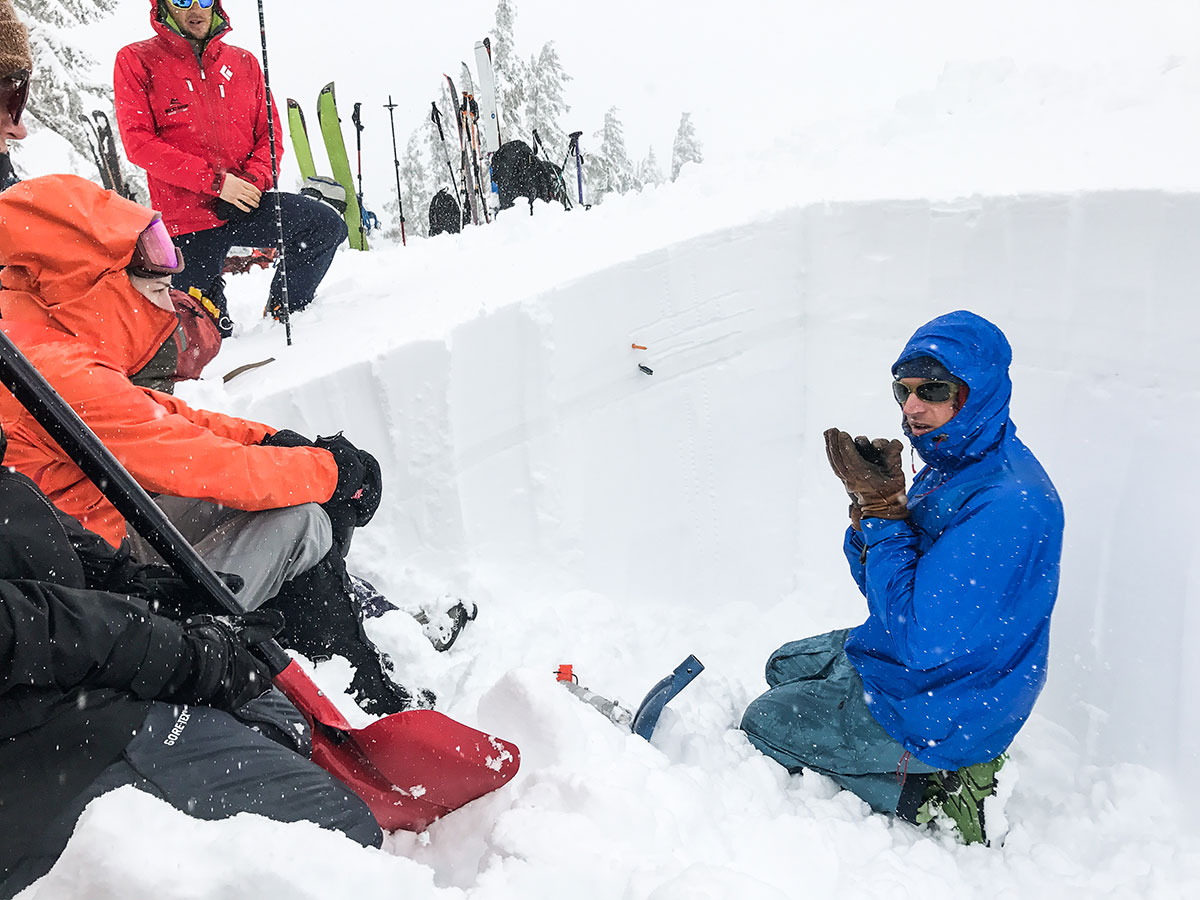
The Level 2 Avalanche Course builds on the knowledge and skills gained in the Level 1 course and the Avalanche Rescue course. This advanced course is designed for those who want to deepen their understanding of snow science and improve their decision-making skills in avalanche terrain. The Level 2 course typically spans three days and includes both classroom and field sessions.
Key areas of focus include:
- Snow Science: Detailed study of snowpack characteristics and how they contribute to avalanche formation.
- Weather Patterns: Understanding how weather influences snow stability.
- Avalanche Forecasting: Extrapolating short term avalanche hazard in local terrain based on snowpack observations and weather forecasts.
The Level 2 course is ideal for experienced backcountry travelers who want to take on leadership roles in their groups and make more informed decisions in avalanche terrain.
AIARE Level 2 Avalanche Course
Professional Level 1 (Pro 1)
The Pro Level 1 course, also known as Pro 1, is intended for those pursuing a career in avalanche safety or those looking to enhance their professional skills. This five-day course provides rigorous training in advanced avalanche safety and decision-making. It includes both classroom sessions and extensive fieldwork, mirroring the pace and flow of an operational environment.
Prerequisites for the Pro 1 course include:
- Completion of Level 1: Foundational knowledge in avalanche safety.
- Avalanche Rescue: Proficiency in rescue techniques.
- Relevant Experience: At least one full winter season of documented experience in avalanche terrain.
The Pro 1 course covers advanced skills such as professional observation techniques, operational risk management, and effective communication strategies. Participants are evaluated on their ability to apply these skills in real-world scenarios, and successful completion results in professional certification.
Professional Level 2 (Pro 2)
The Pro Level 2 course, or Pro 2, is designed for experienced avalanche professionals who are looking to take on leadership roles within avalanche safety operations. This six-day course builds on the skills learned in the Pro 1 course and focuses on advanced risk management, forecasting, and leadership skills.
Prerequisites for the Pro 2 course include:
- Pro Level 1 Certification: Completion of the Pro 1 course.
- Extensive Professional Experience: Several seasons of documented experience in avalanche operations.
The Pro 2 course includes advanced classroom sessions, field exercises, and operational risk management scenarios. Participants learn to lead avalanche safety operations, make critical decisions in high-stakes environments, and communicate effectively with their teams. Successful completion of this course results in advanced professional certification, opening up opportunities for leadership roles in avalanche safety.
Choosing the Right Course
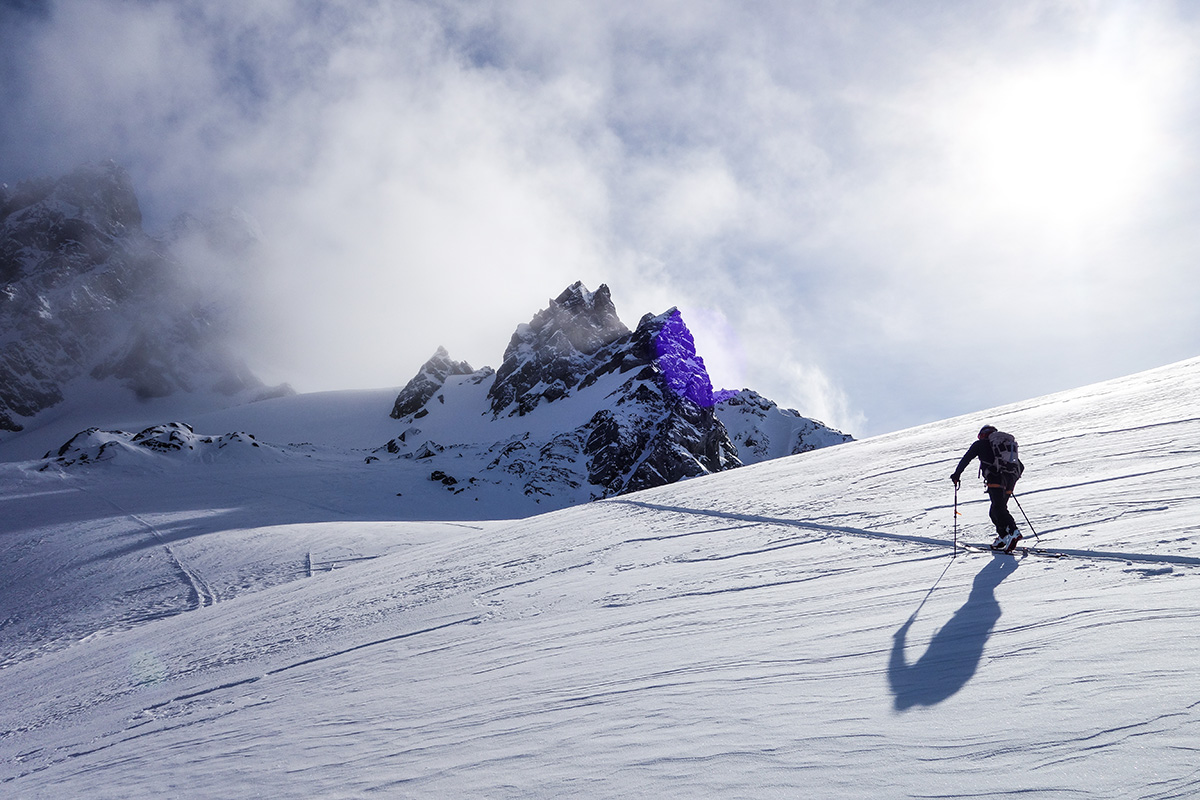
Selecting the right avalanche course depends on your current skill level, experience, and goals. Here’s a guide to help you decide:
- Beginners: Start with the Avalanche Awareness and Level 1 courses to build a solid foundation of knowledge and skills.
- Intermediate: As you gain more experience, the Avalanche Rescue and Level 2 courses will enhance your understanding of snow science and improve your decision-making skills.
- Aspiring Professionals: For those looking to work in the avalanche safety field, the Pro Level 1 and Pro Level 2 courses are essential steps in your career progression.
By understanding the different levels of avalanche courses and their respective focuses, you can make an informed decision about which course is right for you. For more information on course offerings and schedules, check out Baker Mountain Guides’ courses and the American Avalanche Association for additional resources and professional training opportunities.
